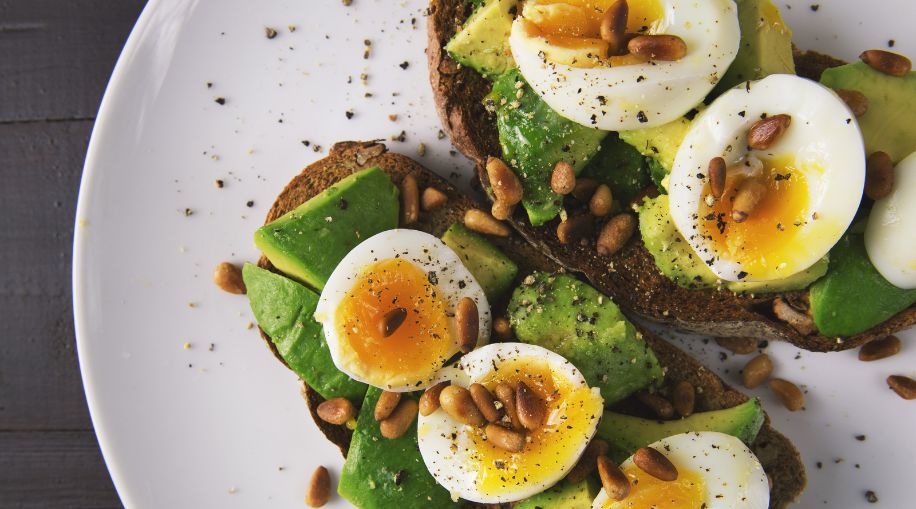How to Manage Diabetes
Diabetes is a long-term condition that affects the way your body turns food into energy. Managing diabetes involves taking care of your eating habits, checking your blood sugar and sometimes using medicine or other treatments. Below, we will explore different ways to manage diabetes, including foods and various treatment methods.
Foods to Eat to Help Manage Diabetes
1. Whole Grains
Whole grains include foods like brown rice, oatmeal and whole wheat bread. They are a good source of complex carbohydrates that release energy slowly. This slow release helps keep blood sugar levels more stable. Whole grains also give you fiber, which is good for your heart and digestive system.
2. Low Fat Dairy
Low fat dairy products such as skim milk, low fat yogurt and low fat cheese are important sources of protein and calcium. They also provide essential vitamins, including vitamin D, that support overall health.
3. Berries
Berries like strawberries, blueberries and raspberries are sweet and full of flavor, yet low in sugar compared to many fruits. They are rich in antioxidants and fiber, which can help improve blood sugar control. Eating berries can also add variety to your meals and snacks.
4. Citrus Fruits
Citrus fruits such as oranges, lemons and grapefruits are another healthy choice. These fruits are high in vitamin C, which can boost your immune system. They also provide fiber and are low in calories.
5. Fatty Fish
Fatty fish like salmon, mackerel and sardines contain omega-3 fatty acids. These healthy fats help reduce inflammation and support heart health. Since people with diabetes have a higher risk of heart disease, eating fatty fish a couple of times a week is a beneficial option.
6. Nuts
Nuts, including almonds, walnuts and pistachios, are full of healthy fats and protein. They have a low glycemic index, meaning they do not raise blood sugar levels quickly. Nuts can be eaten as a snack or added to meals, but be sure to watch portion sizes because they are high in calories.
7. Beans and Legumes
Beans and legumes are a great source of fiber and protein. Foods like black beans, lentils and chickpeas help slow down the rise in blood sugar after meals. They are also very filling, which can help manage hunger and avoid overeating.
8. Dark Leafy Green Vegetables
Vegetables like spinach, kale and Swiss chard fall into this category. These greens are low in calories and carbohydrates, but high in vitamins and minerals. They also have fiber that aids in maintaining blood sugar stability and overall good health.
9. Avocados
Avocados are unique because they contain healthy fats along with fiber and potassium. These nutrients help support heart health and stabilize blood sugar levels. Adding avocado to salads or eating it on whole grain toast can be a tasty and nutritious choice.
Treatment Methods for Managing Diabetes
In addition to eating a healthy diet, diabetes requires careful monitoring and treatment. Here are the most common therapies available for managing diabetes.
1. Glucose Monitoring
Glucose monitoring is a key method to manage diabetes. It involves checking your blood sugar levels regularly using a small testing device. By knowing your blood sugar levels, you can adjust your food intake, exercise and medicine to keep your levels in a safe range.
2. Insulin
Insulin is a hormone that helps move sugar from your blood into your cells, where it is stored for energy. People with diabetes sometimes need to inject insulin to keep blood sugar levels normal. This method is common in type 1 diabetes and sometimes in type 2 when other treatments are not enough.
3. Metformin
Metformin is a medicine that helps lower blood sugar levels. It works by reducing the amount of sugar your liver makes and improving the way your body uses insulin. Metformin is often the first medicine prescribed for type 2 diabetes.
4. SGLT2 Inhibitors
SGLT2 inhibitors, like Jardiance (empagliflozin), are a newer type of diabetes medicine. They help lower blood sugar by causing the kidneys to remove extra sugar through urine. This treatment can also help with weight loss and lower blood pressure.
5. Pancreas Transplant
A pancreas transplant is an option for some people with diabetes, usually for those who have severe type 1 diabetes. The transplant replaces the diseased pancreas with a healthy one. This can help the body produce insulin naturally.
6. Exercise
Exercise plays a very important role in managing diabetes. When you exercise, your body uses sugar for energy, which helps lower blood sugar levels. Walking, swimming, dancing or riding a bike are great ways to get moving. Regular physical activity also helps control weight, reduces stress and improves heart health.
7. Bariatric Surgery
Bariatric surgery, often known as weight loss surgery, may be an option for people with type 2 diabetes and obesity. This surgery helps reduce the size of the stomach, which can lead to significant weight loss. The surgery can improve blood sugar control and sometimes lead to a reduction or complete stop of diabetes medications.
By mixing dietary choices with a proper treatment plan, you can manage your diabetes and enjoy a healthier life. Remember, it is important to work with your doctor to decide which methods and foods are best for your body and lifestyle.

